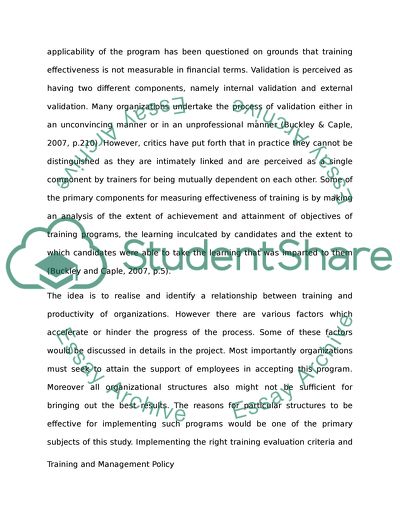Cite this document
(“Human Resources Management, Training and Management Policy Essay”, n.d.)
Retrieved from https://studentshare.org/literature/1427939-human-resources-management-training-and-management
Retrieved from https://studentshare.org/literature/1427939-human-resources-management-training-and-management
(Human Resources Management, Training and Management Policy Essay)
https://studentshare.org/literature/1427939-human-resources-management-training-and-management.
https://studentshare.org/literature/1427939-human-resources-management-training-and-management.
“Human Resources Management, Training and Management Policy Essay”, n.d. https://studentshare.org/literature/1427939-human-resources-management-training-and-management.


